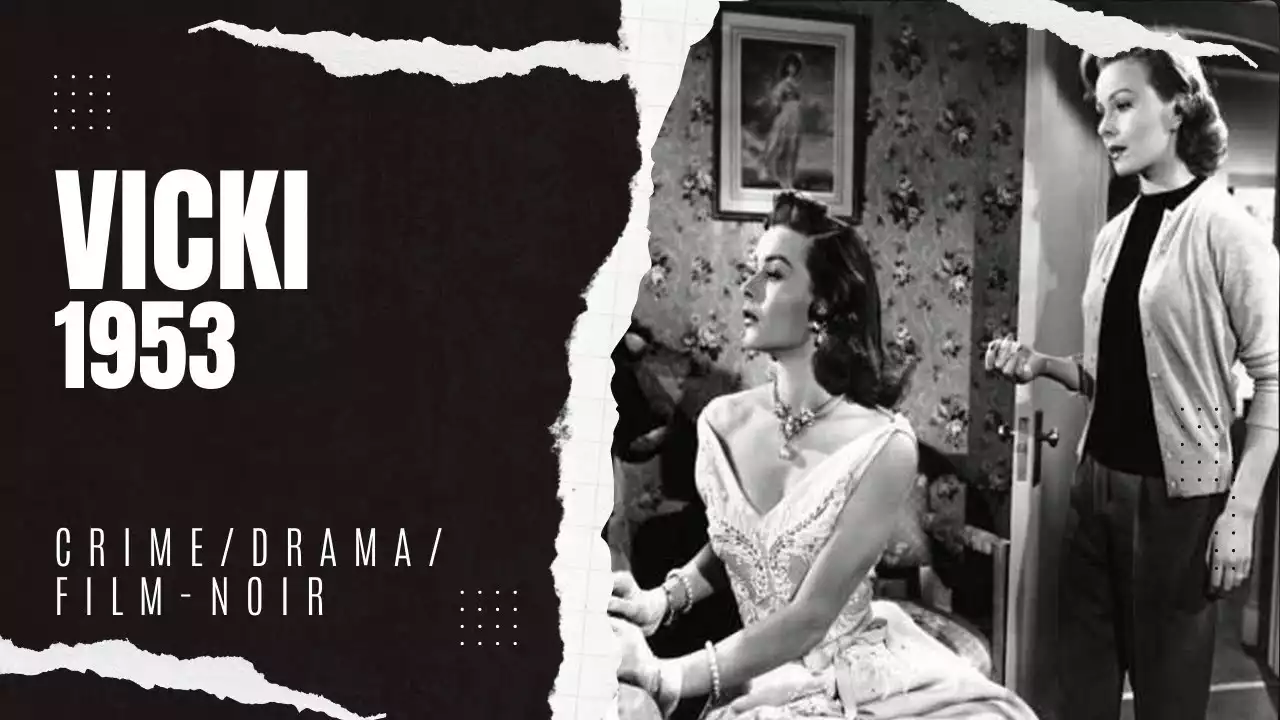Barbara Stanwyck was an actress who could play a vixen as easily as she could play the victim. She had a face that could be sexy and hard, empathetic and cruel, all at the same moment. She wasn’t afraid of playing characters who were unapologetic about their ambitions or ruthless about getting what they wanted. It might be said that those qualities were what made her so perfect for so many roles as a movie star. Stanwyck wasn’t afraid of playing roles that required her to unapologetically use men or put on a persona that was at odds with her personality, to get ahead. And because she didn’t have any trouble playing those kinds of roles, we often think of her more as a movie star than just being another actress. Let’s take a closer look at her career and see why so many people consider Barbara Stanwyck one of the greatest movie stars ever.
The Early Years
Barbara Stanwyck was born Ruby Catherine Stevens in Brooklyn, New York, in 1907. Her parents were working class but ambitious. Her father was a housepainter by profession, but he also acted on the side – mostly in support roles or Shakespeare. Her mother was a nurse. She was the second of three children. Barbara would tell the story that her parents were working one day, and the nurse was out. So she and one of her sisters took care of the other child. But they put the baby in the oven instead of the cradle. Thankfully, there was no lasting damage, but Barbara always said that was when she realized she wanted to be an actor. As a teenager, she got a job as a model. And, as she did with so many of her roles, she took on a different name – Barbara Stanwyck. As a model, she toured the country with the Ziegfeld Follies. She also found time to get her high school degree. And she got married. Her modeling led to a contract with Paramount. And she did a few bit parts before getting a big break in 1930. She was cast as the lead in the play, “Doorway to Death.”
The 30s: Becoming a Star
By 1932, Stanwyck had become a star. She was cast in “Night Nurse,” the first movie in what would become the “Dr. Kildare” series. She played opposite Gary Cooper in “The Voice of the Turtle.” In 1934, she was cast in the movie that would create her image as a tough and sultry woman who would do whatever it took to succeed. The movie was “Baby Face,” and it was a smash hit. That same year, she married actor Robert Taylor. But their marriage would prove to be a rocky one, with Taylor having a tough time dealing with the pressure of being married to a Hollywood star. Their marriage would be plagued by his drinking and his philandering. But it lasted until he died in 1969.
The 40s: Biggest Success
In 1940, Stanwyck hit her stride as a movie star. And she did it in one of the biggest movies of all time. She starred as a saloon owner in “The Westerner” with Gary Cooper. The movie was a smash hit, and her role earned her an Oscar nomination for Best Actress. Her next movie in 1941 also earned her an Oscar nomination. She played a paroled convict who gets involved with a man trying to catch a fugitive in “Ball of Fire.” The movie also starred Gary Cooper, along with the saucy Oscar-winning actress, Barbara O’Neil.
The 50s: Transition to Film Star
Stanwyck was in her 40s by the time she was being promoted as a film star. She had been cast in many great movies, but she hadn’t been the lead. She was finally cast as the lead in 1953’s “So Big.” She played a woman who writes a book about her life in the Midwest. The movie was critically acclaimed and earned Stanwyck her first and only Academy Award for Best Actress. The next year, she was cast in a Western called “Titanic,” but the movie was never made. Instead, her next movie was the 1956 film “The Big Wedding” with her real-life husband.
Summing Up
Stanwyck was an actress who could play a vixen as easily as she could play a victim. She was unapologetic about her ambitions and ruthless about getting what she wanted. And because she didn’t have any trouble playing those kinds of roles, we often think of her as a movie star instead of just another actress. Her image as a tough and sultry woman who would do whatever it takes to succeed was formed in the 1930s. It’s the image that remains with her today, long after she retired from acting.


 The Evolution of African Male Fashion
The Evolution of African Male Fashion
 Strategies to Increase Mental Strength
Strategies to Increase Mental Strength The Mountain Climber's Interval Training
The Mountain Climber's Interval Training Sterling Hayden - Legendary Movie Star
Sterling Hayden - Legendary Movie Star Lauren Bacall Film Noir Movie Star
Lauren Bacall Film Noir Movie Star Gene Tierney - Film Noir Movie Star
Gene Tierney - Film Noir Movie Star Edward G Robinson - Film Noir Star
Edward G Robinson - Film Noir Star What is the Definition of Film Noir?
What is the Definition of Film Noir? A Look at The Maltese Falcon
A Look at The Maltese Falcon